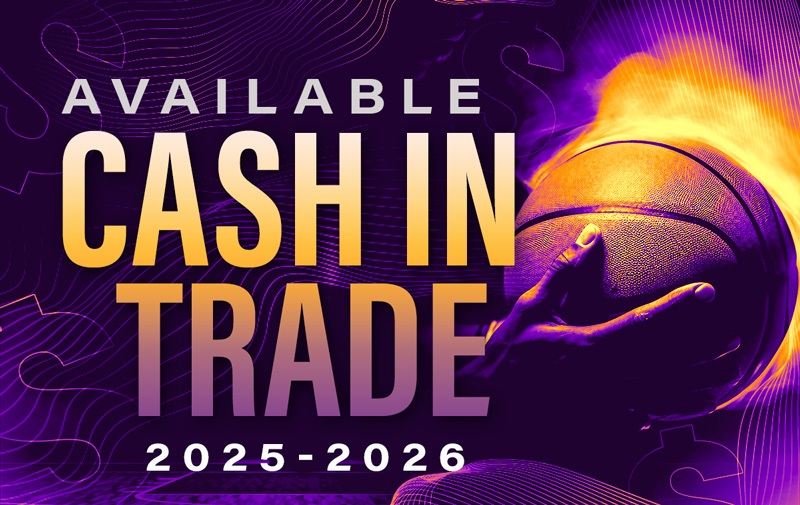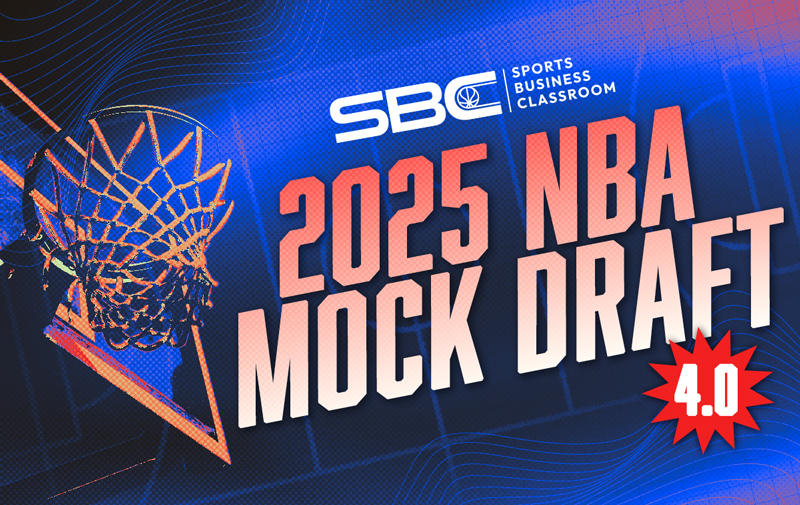
The NBA’s February 10 trade deadline is one of the most exciting days of the year. Understanding the mechanics of a trade can be quite complex.
As taught by Larry Coon at Sports Business Classroom, the league’s Collective Bargaining Agreement (CBA) presents teams with several roadblocks on the path to the perfect trade. Here, we’ll look at two significant storylines surrounding the deadline and how CBA mastery can help solve this February’s most pressing NBA questions.
Undoubtedly, the most talked-about story heading into the deadline is the Ben Simmons saga plaguing the Philadelphia 76ers. Simmons has yet to play this season, and per Shams Charania’s most recent report at The Athletic, Simmons could be on the move in the coming week, possibly to the Brooklyn Nets.
While Simmons is one of the league’s best defenders and a quality floor general, some on-court concerns and a high asking price have shifted his value. The 76ers’ point forward is also contracted to earn $33 million this season and a total of $146.7 million through 2024-25. Philadelphia would need to find a deal that matches Simmons’ salary.
How does this work? Any team over the luxury tax – or any non-taxpaying team trading away at least $19.6 million in salary – cannot receive a salary amount greater than 125 percent of the outgoing money, plus $100,000. For matching purposes, only this season’s salary is a factor.
If Team A – a taxpaying team – sends out $10 million in a trade, the maximum they can get back in that trade is $12.6 million. If Team A sends out $30 million, they can acquire up to $37.6 million.
In Simmons’ case, if our hypothetical Team A wants to acquire the three-time All-Star by himself, it must send out salary that falls within the range of $26.3 million to $41.4 million. Regardless of which team takes on more salary, both teams comply with the 125 percent rule (as the 76ers are currently over the luxury tax threshold).
In a Simmons swap, the 76ers could complicate matters by including Tobias Harris (at $36 million this year, $112.9 million through 2023-24). Should a team be willing to acquire both players, a whopping $69.0 million must be matched.
If the Nets were seriously interested in a James Harden for Simmons swap, the Brooklyn guard is earning $44.3 million this season. That’s enough for the Nets to match $55.5 million in salary, enough for Simmons but not both Simmons and Harris.
In the second major storyline of the trade deadline, per The Athletic’s Bob Kravitz and Charania, the Indiana Pacers are open to retooling their roster with some of their most high-profile players available like Myles Turner, Domantas Sabonis, and Caris LeVert.
The Pacers have already begun this process by trading LeVert and a 2022 second-round pick via the Miami Heat to the Cleveland Cavaliers in exchange for Ricky Rubio, a lottery-protected 2022 first-round pick, a 2022 second-round pick via the Houston Rockets, and a 2027 second-round pick via the Utah Jazz, per ESPN’s Adrian Wojnarowski.
The next step for the Pacers – should they continue down this path – would be to find deals for Sabonis and/or Turner.
For taxpaying teams, salary matching is still limited to 125 percent plus $100,000, but the difference is more pronounced for non-taxpaying teams. If a non-taxpaying team sends out between $6,533,334 and $19.6 million in salary, it can receive up to $5 million above that outgoing money.
For this example, if Team B is below the luxury tax threshold, in no danger of crossing it upon completion of the trade, and will send out $15 million in outgoing salary, it can receive up to $20 million in matching salary. A taxpaying team would be limited to $18.8 million.
Suppose Team B wants to acquire one of Turner ($18 million) or Sabonis (19.8 million). In that case, it could do so by sending out $5 million below Turner or Sabonis’ salaries.
Finally, non-taxpaying teams have a third matching tier for outgoing salary under $6,533,334 that allows for 175 percent matching plus $100,000. For instance, a franchise would need to send out at least $3.4 million to reach Justin Holiday’s salary of $6 million, should the Pacers look to move him as well.
Other factors, like cap room and traded player exceptions, can come into play, but that’s a discussion for another day.
Beyond determining the merits (that involves several factors taught at Sports Business Classroom, including scouting, analytics, basketball operations and asset evaluation), NBA teams cannot get a deal done without a thorough understanding of the CBA’s complicated trade rules.
For a deeper understanding, sign up for CBA Mastery with Larry Coon.





